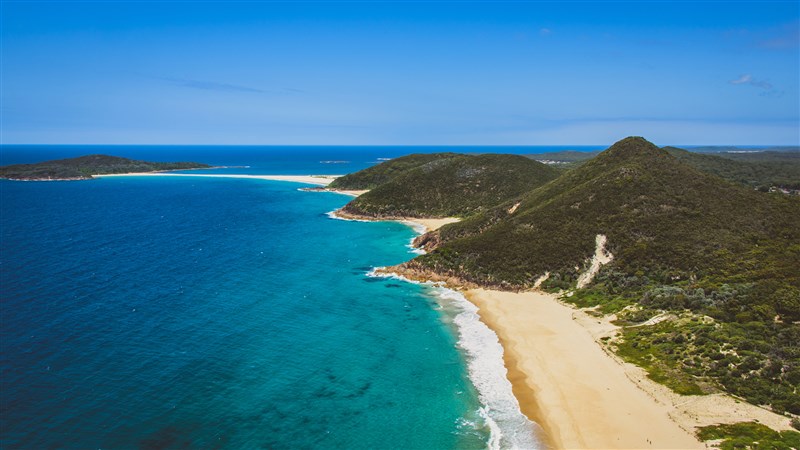Historic supereruption at Yellowstone
The Yellowstone hotspot lurks beneath the national park's geysers and hot springs, and about 9 million years ago, the volcano exploded in two historic supereruptions, scientists found. After analyzing ancient volcanic rock tracts and volcanic deposits in the region, the team uncovered evidence of two previously unknown eruptions, which they named the McMullen Creek supereruption and the Grey's Landing supereruption. The Grey's Landing eruption shattered records as the largest eruption of the Yellowstone hotspot ever detected; about 8.72 million years ago, the eruption covered roughly 8,900 square miles (23,000 square kilometers) of what is now southern Idaho and northern Nevada with volcanic debris.
Monstrous blobs near Earth's core are bigger than we thought
Continent-size blobs of rock sit at the boundary of Earth's solid mantle and liquid outer core, and now, scientists think they might be bigger than we ever imagined. By previous estimates, the two largest blobs would measure 100 times taller than Mount Everest if pulled to the planet's surface. But after studying decades of seismic data from earthquakes, scientists now estimate that the big blob beneath the Pacific Ocean may actually be far more monstrous. For instance, one newfound structure along the edge of the blob measured more than 620 miles (1,000 kilometers) across.
Earth's core is a billion years old
The Earth's solid inner core — a 1,500-mile-wide (2,442 kms) ball of iron — likely formed about 1 billion to 1.3 billion years ago, scientists estimate. By recreating the conditions found in the core on a teeny, tiny scale, the team was able to calculate how long it would take for a blob of molten iron to build up to the core's current size. The time window of roughly 1 billion years lines up nicely with historic fluctuations in the planet's magnetic field, which grew significantly stronger between 1 billion and 1.5 billion years ago. The crystallization of the inner core may have provided this boost of magnetism, since the process would have released heat into the liquid outer core; heat drives a churning motion in the liquid that then powers the magnetic field.
Underwater rivers found near Australia
This year, scientists discovered massive rivers of cold, salty water that flow from the Australian coast out into the deep ocean. The rivers, which researchers found using autonomous underwater vehicles, form when shallow waters near the coast lose heat during the winter. Evaporation during the summer months makes this shallow water saltier than deep water, so when it cools, the dense, salty water sinks and snakes through the ocean as an underwater river. These rivers span thousands of miles and carry nutrients, plant and animal matter and pollutants out into the ocean.
Piece of a lost continent found under Canada
About 150 million years ago, a now-lost continent broke up into enormous fragments — and one big chunk was recently discovered lurking under Canada. Scientists made the discovery while studying a type of diamond-bearing volcanic rock called kimberlite, which had been collected from nearly 250 miles (400 km) beneath Baffin Island in northern Canada. The mineral chemistry of the kimberlite matched that of the long-lost continent, making the sample location the deepest point where evidence of the continent had ever been found.

























